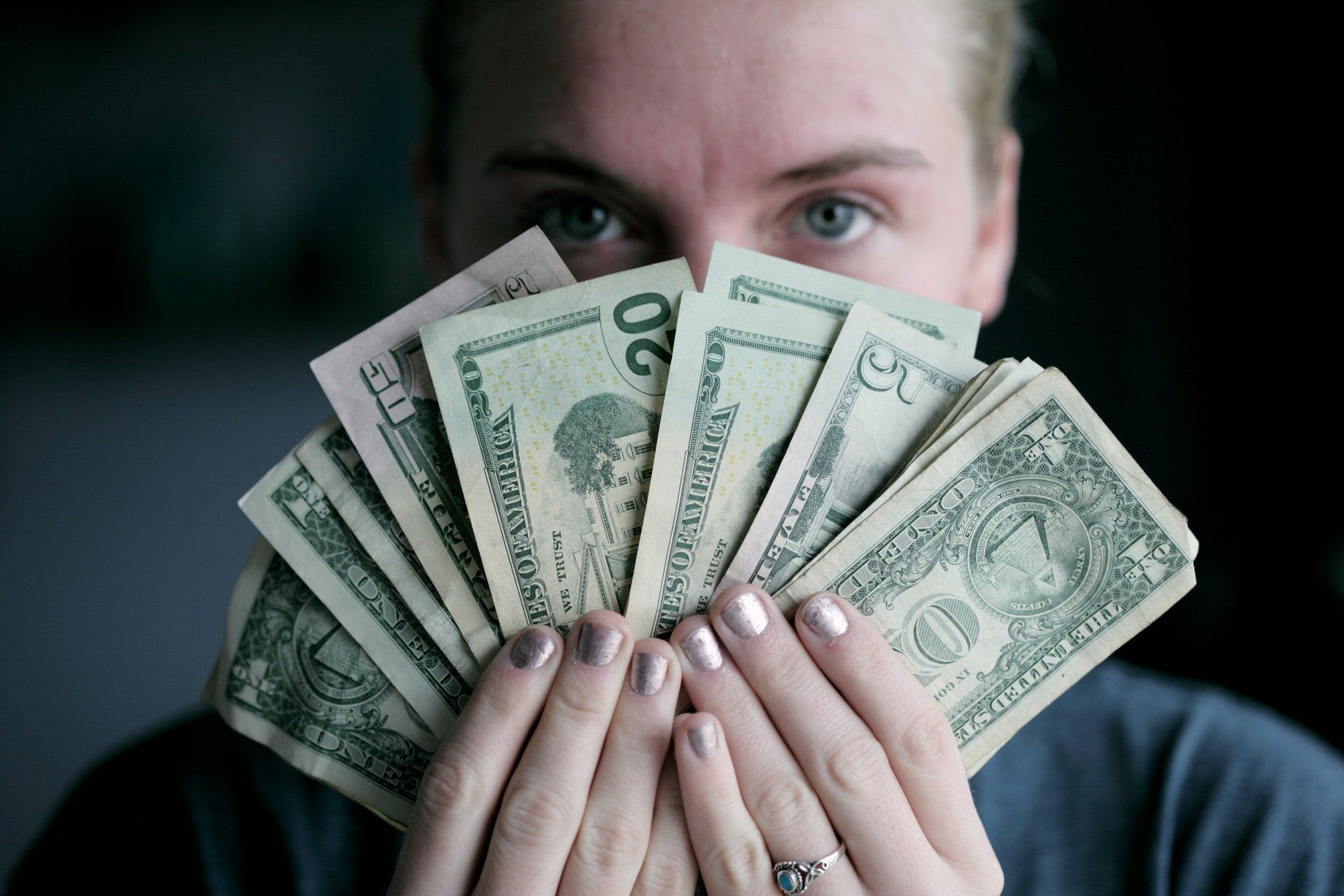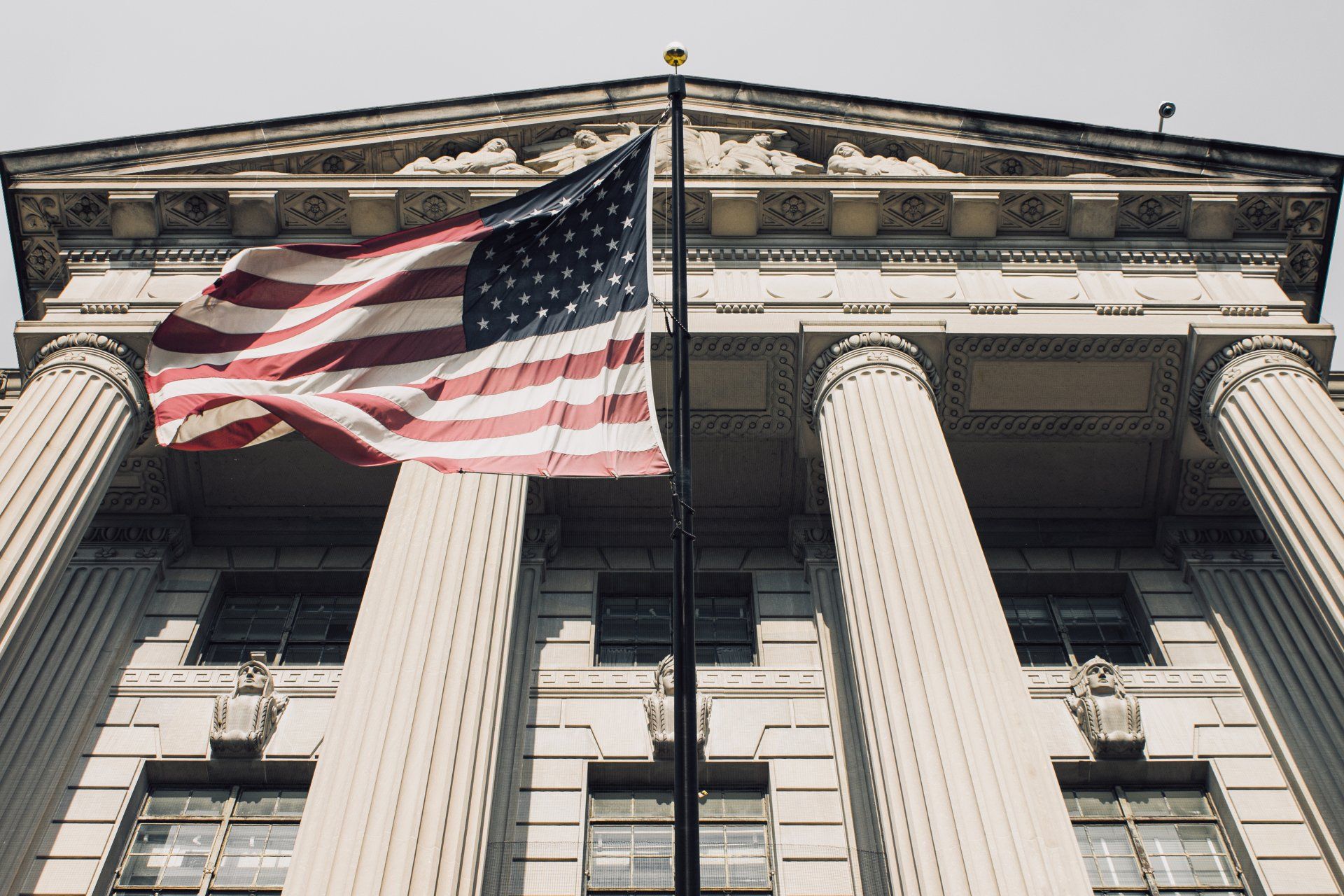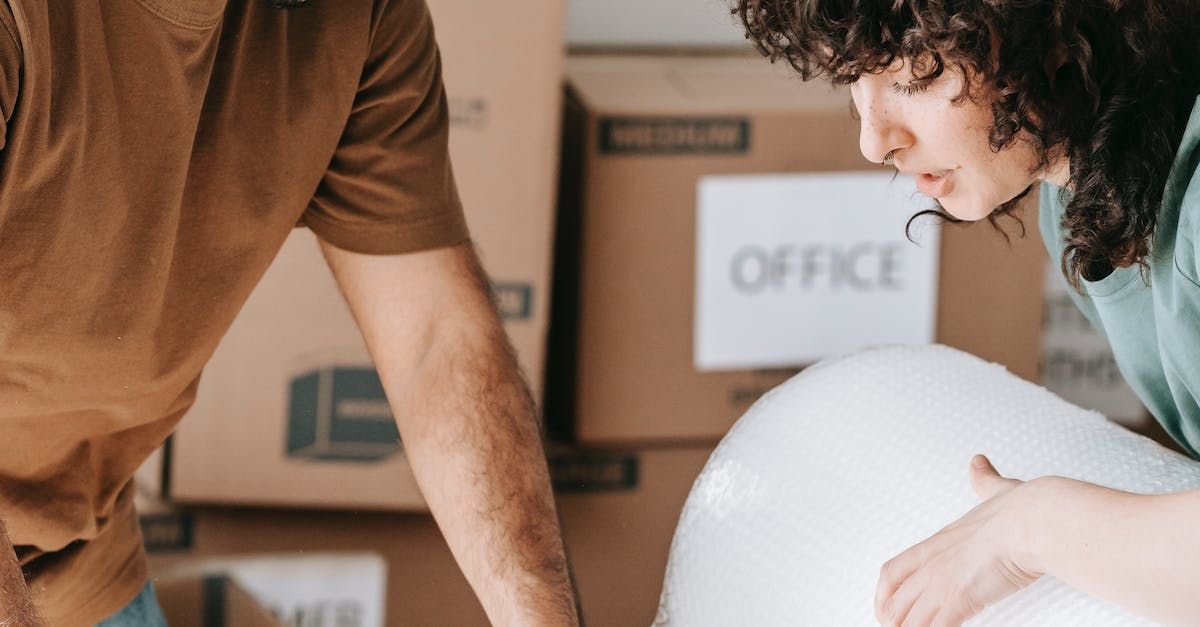Lost Profits As Patent Damages

Requirements To Prove Lost Profits For Patent Infringement
Although there is no particular method prescribed for proving causation, it must be supported by sound economic proof. Within this basic framework, the Federal Circuit has approved an award of lost profits under a variety of market reconstruction theories. Causation is often demonstrated by applying the test set forth in Panduit Corp. v. Stahlin Bros. Fibre Works, Inc., 575 F.2d 1152, 1156 (6th Cir. 1978). To be entitled to lost profits under the Panduit test, the patentee must show “(1) demand for the patented product; (2) absence of acceptable non-infringing alternatives; (3) manufacturing and marketing capability to exploit the demand; and (4) the amount of profit it would have made.” Meeting all four Panduit factors establishes a reasonable inference that the infringing sales caused the patentee’s lost profits. The burden then shifts to the infringer to show that the inference of causation for some or all of the infringing sales is unreasonable. The Panduit factors are most often readily met when the patentee and the infringer were the only suppliers.
Test For Lost Profits In Patent Cases (4 Factors Of The Panduit Test):
- Factor 1: Demand For The Patented Product;
- Factor 2: Absence of Acceptable, Non Infringing Alternatives;
- Factor 3: Ability to Meet Demand For Patent Product; and
- Factor 4: Amount Of Profits Patentee Would Have Made.
Factor 1: Patent Lost Profits
Demand For The Patented Product
The first factor of the Panduit test “considers demand for the product as a whole,” while the second factor “considers demand for particular limitations or features of the claimed invention.” Together, the first two factors “tie[] lost profit damages to specific claim limitations and ensure[] that damages are commensurate with the value of the patented features.” While the availability of lost profits is a question of law, the amount of lost profits to be awarded as damages is a question of fact. The second Panduit factor—the absence of acceptable non-infringing alternatives—is also a question of fact. See Minnesota Min. & Mfg. Co. v. Johnson & Johnson Orthopaedics, Inc., 976 F.2d 1559, 1577 (Fed. Cir. 1992) (citing Radio Steel & Mfg. Co. v. MTD Prod., Inc., 788 F.2d 1554, 1556 (Fed. Cir. 1986)).
Further, this factor requires the patentee to show demand for the patented product. The “patented product” for which demand must be shown may include either a product covered by the patent or a product that directly competes with the accused product. This element does not require the patentee to show demand for a particular embodiment of the patented functionality nor allocate consumer demand among the various claim limitations. DePuy Spine, 567 F.3d at 1330; see also Versata Software, Inc. v. SAP Am., Inc., 717 F.3d 1255, 1265 (Fed. Cir. 2013). “Rather, the elimination or substitution of particular features corresponding to one or more claim limitations goes to the availability of acceptable noninfringing substitutes under the second Panduit factor.” DePuy Spine, 567 F.3d at 1331. The patentee may use any relevant evidence to show demand for the patented product, including, for example, sales of embodying products, the accused infringer’s decision to continue selling the accused product despite the risk of infringement, and the patented feature’s promotion or significance. The patentee can also use evidence of sales of the infringing product to satisfy the demand factor, but such evidence may require the patentee to show a comparable sales price of the patentee’s product and the accused product. “If the products are not sufficiently similar to compete in the same market for the same customers, the infringer's customers would not necessarily transfer their demand to the patent owner's product in the absence of the infringer's product.” See BIC Leisure Products, Inc. v. Windsurfing Intern., Inc., 1 F.3d 1214, 1218–19 (Fed. Cir. 1993).
Factor 2: Patent Lost Profits
Absence of Acceptable, Non Infringing Alternatives
The second Panduit factor requires the patentee to show a lack of acceptable, non-infringing alternatives. “To prove the absence of acceptable, non-infringing alternatives, the patentee may prove either that the potential alternative was not acceptable to potential customers or was not available at the time.” “The patentee is not obliged to negate every possibility that a purchaser might not have bought the patentee's product instead of the infringing one, or might have foregone the purchase altogether.” Del Mar Avionics, Inc. v. Quinton Instrument Co., 836 F.2d 1320, 1326 (Fed. Cir. 1987) (citing Paper Converting Machine Co. v. Magna-Graphics Corp., 745 F.2d 11, 21 (Fed. Cir. 1984)).
Whether a potential alternative would be acceptable to potential customers depends on whether the alternative would be acceptable compared to the patentee’s product, not whether it could substitute for the infringing product. The mere existence of a competing product, by itself, does not make it an acceptable substitute. Regarding the availability of the potential alternative, the relevant time period for the inquiry is “the period of infringement for which the patent owner claims damages, i.e., the ‘accounting period.’” Grain Processing, 185 F.3d at 1353 (citing State Indus., 883 F.2d at 1579; Panduit, 575 F.2d at 1162). If the potential substitute was not on the market during the relevant accounting period, it may be inferred that it was unavailable as a substitute during that time. Once this inference arises, “[t]he accused infringer then has the burden to overcome this inference by showing that the substitute was available during the accounting period.” Id.
In addition to being acceptable and available, any alternative proffered by the infringer must also be non-infringing. If the patentee seeks to challenge the infringer’s claim that an alternative is non-infringing, the patentee bears the burden of proving to some degree that the proffered alternative does, in fact, infringe. Also, while “[a]cceptable substitutes that the infringer proves were available during the accounting period can preclude or limit lost profits[,] substitutes only theoretically possible will not.” See Datascope Corp. v. SMEC, Inc., 879 F.2d 820, 825 (Fed. Cir. 1989) (reversing denial of lost profits because patentee presented evidence that proffered alternative also infringed patent at issue).
The existence of a competing product does not, by itself, make the product an acceptable alternative because “products lacking the advantages of the patents invention ‘can hardly be termed a substitute acceptable to the customer who wants those advantages.’” Presidio Components, Inc. v. Am. Tech. Ceramics Corp., 702 F.3d 1351, 1361 (Fed. Cir. 2012) (quoting TWM Mfg. Co. v. Dura Corp., 789 F.2d 895, 901–02 (Fed. Cir. 1986)).
In an elastic market, to ensure that any proposed alternative competes in the same market for the same customers as the infringer’s product, “the alleged alternative ‘must not have a disparately higher price than or possess characteristics significantly different from the patented product.’” Kaufman Co. v. Lantech, Inc., 926 F.2d 1136, 1142 (Fed. Cir. 1991). However, in an inelastic market, i.e., a market where if price changes by a percentage, demand changes by a lesser percentage, greater price disparity between the patentee’s product and the infringer’s product may still warrant an award of lost profits so long as the patentee sufficiently demonstrates the inelasticity of the market and adjusts its lost profits analysis accordingly. See Akamai Techs., 805 F.3d at 1380–81 (rejecting argument that 100% price disparity foreclosed award of lost profits because damages expert demonstrated the inelasticity of the market, that patentee and infringer were direct competitors and the top two leaders in the market, and adjusted the market share analysis accordingly).
A patentee may alternatively meet the second Panduit factor under a market share theory. Under the market share theory, lost profits may be awarded “if the patentee shows an established market share in lieu of the absence of acceptable noninfringing alternatives and, at the same time, meets the three other Panduit factors.” See Yarway Corp. v. Eur-Control USA, Inc., 775 F.2d 268, 276–77 (Fed. Cir. 1985) (holding that past business practices of investing substantial amount of time and money developing market for patented product and aggressively protecting such market was probative of capability to meet demand); TEK Glob., S.R.L. v. Sealant Sys. Int'l, Inc., 920 F.3d 777, 790 (Fed. Cir. 2019) (finding testimony regarding patentee’s loss of business, past customer relationships, and prior sales activities sufficiently supported the plaintiff’s manufacturing capabilities); State Indus., 883 F.2d at 1579 (holding evidence of head-to-head competition, real sales losses, and patentee’s national recognition sufficient to uphold district court’s finding of manufacturing capacity).
Factor 3: Patent Lost Profits
Ability to Meet Demand For Patent Product
The third Panduit factor requires the patentee to demonstrate that it had the manufacturing capabilities to exploit the demand met by the infringing sales during the period of infringement. Stated differently, the patentee must demonstrate that he had the capacity to absorb the market share of the infringing sales. The patentee can present a variety of evidence in support of his ability to meet the demand, including the patentee’s past business practices and relationships, sales reports, financial strength, efforts to develop a market for the patented product, aggressiveness in the market, market competition, and lost sales. See Yarway Corp. v. Eur-Control USA, Inc., 775 F.2d 268, 276–77 (Fed. Cir. 1985) (holding that past business practices of investing substantial amount of time and money developing market for patented product and aggressively protecting such market was probative of capability to meet demand); TEK Glob., S.R.L. v. Sealant Sys. Int'l, Inc., 920 F.3d 777, 790 (Fed. Cir. 2019) (finding testimony regarding patentee’s loss of business, past customer relationships, and prior sales activities sufficiently supported the plaintiff’s manufacturing capabilities); State Indus., 883 F.2d at 1579 (holding evidence of head-to-head competition, real sales losses, and patentee’s national recognition sufficient to uphold district court’s finding of manufacturing capacity). Lost profits are generally not available if the patentee does not sell or seek to sell the patented product or a marketable substitute in the United States. However, in rare circumstances, a patentee who does not sell any products during the relevant damages period may still recover lost profits if the patentee demonstrates that demand existed for a product the patentee would have sold if not for the infringement—for example, where the patentee is driven from the market due to the infringement. See Versata Software, 717 F.3d at 1264-66.
Factor 4: Patent Lost Profits
Amount Of Profits Patentee Would Have Made
The fourth Panduit factor requires the patentee to prove the amount of profits it would have made but for the infringement. The calculation supporting the amount of a patentee’s lost profits does not require exact precision, but only “that there was a reasonable probability that the infringing sales caused the loss of profits.” Kaufman Co., Inc. v. Lantech, Inc., 926 F.2d 1136, 1141 (Fed. Cir. 1991). “Any doubts regarding the calculatory precision of the damage amount must be resolved against the infringer.” “[W]hen the patentee establishes the reasonableness of the inference, the patentee has sustained the burden of proving his entitlement to lost profits for all infringing sales. The onus is then placed on the infringer to show that it is unreasonable to infer that some or all of the infringing sales probably caused the patentee to suffer the loss of profits.” Id.
Lost profits can include the profits the patentee lost because of diverted sales, price erosion, and increased expenditures caused by the infringement. One accounting method for proving lost profits is the “incremental income” or “gross margin” approach:
"The incremental income approach to the computation of lost profits is well established in the law relating to patent damages. See, e.g., Lam, Inc. v. Johns-Manville Corp., [718 F.2d 1056 (Fed. Cir. 1983)]; Levin Bros. v. Davis Manufacturing Co., 72 F.2d 163 (8th Cir.1934). The approach recognizes that it does not cost as much to produce unit N + 1 if the first N (or fewer) units produced already have paid the fixed costs. Thus fixed costs—those costs which do not vary with increases in production, such as management salaries, property taxes, and insurance—are excluded when determining profits."
Paper Converting Mach. Co. v. Magna-Graphics Corp., 745 F.2d 11, 22 (Fed. Cir. 1984).
Patent Litigation Attorney
Wilson Legal Group's Dallas lawyers have unique experience in the field of patent litigation. Our legal team of accomplished patent lawyers and patent litigators can advise clients and guide them in all matters to do with patent infringement, litigation, licensing and all other intellectual property issues. We are a team of experienced, knowledgeable patent and litigation attorneys who can assist you with your patent valuation needs.

Have an idea for a blog? Click and request a blog and we will let you know when we post it!
Let’s talk about your legal issue
Wilson Legal Group P.C.
d/b/a Wilson Whitaker Rynell
(972) 248-8080 (Dallas) MAIN OFFICE
(713) 830-2207 (Houston) Appointment Only
(512) 691-4100 (Austin) Appointment Only
For more information on how we can assist in your intellectual property, commercial litigation, divorce, or other personal needs, let us know how we can help you:
How Can We Help You?
WILSON WHITAKER RYNELL
Thank you for contacting us!
We will get back to you as soon as possible.
Please try again later.
Disclaimer:
This form does not establish an attorney-client relationship, and should only be used to contact the firm about scheduling a call or meeting. No confidential or sensitive information should be sent using this form.
The law office of Wilson Legal Group P.C. (d/b/a Wilson Whitaker Rynell) represents clients nationwide, including Dallas, Austin, Houston, and other Texas areas such as Fort Worth, Arlington, Carrollton, Plano, Allen, Lewisville, Flower Mound, Irving, Denton, McKinney, North Richland Hills, and all cities within Dallas County, Tarrant County, Collin County, and Denton County.
OFFICES
ABOUT
CONTACT
BLOG
JOIN OUR NEWSLETTER
Wilson Whitaker Rynell
16610 Dallas Parkway, Suite 1000
Dallas, Texas 75248
972-248-8080 (MAIN)
972-248-8088 (FAX)
info@wrrlegal.com (E-MAIL)












